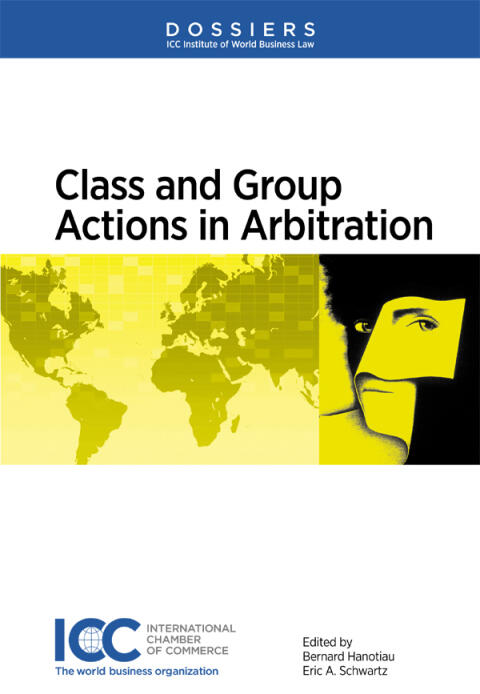
Class and Group Actions in Arbitration
لا توجد تقييمات بعد
Thriller & Suspense
Action & Adventure
Business & Economics
تنسيق
كيندل
صفحات
398
لغة
الهولندية، الفلمنكية
منشور
Jan 1, 2016
الناشر
Kluwer Law International
الطبعة
1
رقم ISBN-10
9041183868
رقم ISBN-13
9789041183866
الوصف
In the evolving landscape of arbitration, the complexities of class and group actions have become increasingly significant. The authors delve into the historical context and the transformations that arbitration has undergone, moving from simple one-on-one disputes to multifaceted scenarios involving multiple claimants and respondents. They explore how these developments reflect broader changes in legal frameworks and societal demands for more inclusive dispute resolutions.
The book presents a thorough examination of procedural principles and the implications for arbitration practice. It addresses the challenges lawyers and arbitrators face when dealing with collective claims, such as ensuring fairness and efficiency. By analyzing various case studies and legal precedents, the authors provide insight into the best practices and strategies that can be utilized to navigate this intricate field.
Readers will appreciate the rigorous approach to the subject, as the text not only informs but also provokes critical thought about the future of arbitration in light of increasing group actions. It serves as a vital resource for practitioners, scholars, and students who seek to understand the nuances of these collective dynamics in arbitration settings.
The book presents a thorough examination of procedural principles and the implications for arbitration practice. It addresses the challenges lawyers and arbitrators face when dealing with collective claims, such as ensuring fairness and efficiency. By analyzing various case studies and legal precedents, the authors provide insight into the best practices and strategies that can be utilized to navigate this intricate field.
Readers will appreciate the rigorous approach to the subject, as the text not only informs but also provokes critical thought about the future of arbitration in light of increasing group actions. It serves as a vital resource for practitioners, scholars, and students who seek to understand the nuances of these collective dynamics in arbitration settings.